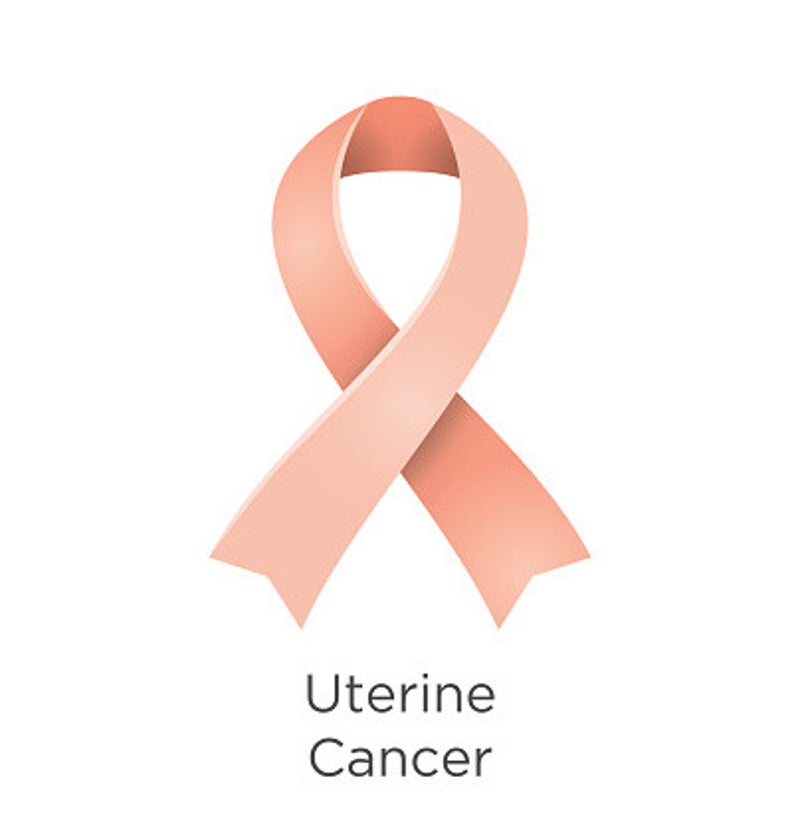Uterine cancer
ABOUT THIS CONDITION

What is uterine cancer ?
Uterine cancer is a cancer that starts in the womb. There are two two main types of uterine cancer:
- Endometrial cancer
- Uterine sarcomas
Endometrial cancer starts in the lining of the uterus called the endometrium. Endometrioid adenocarcinomas are the most common subtype. Uterine papillary serous carcinoma,clear cell carcinoma, and uterine sarcomas are less common and more aggressive than endometrioid carcinomas.
Uterine sarcomas start in the muscle wall of the uterus. Common types of uterine sarcomas are leiomyosarcoma, adenosarcoma, endometrial stromal sarcoma, and undifferentiated sarcomas. Their behaviour and treatment can differ from each other, based on their usual pattern of spread and risk of recurrence.
Understanding uterine cancer
Who is at risk for endometrial cancer ?
Risk factors for uterine cancer are related to oestrogen or to an inherited genetic disorder called Lynch syndrome. The most common risk factors include:
- Obesity
- Early menstruation
- Late menopause
- Never having been pregnant
- Polycystic Ovary Syndrome (PCOS)
- Hormonal therapy
- Tamoxifen
- Endometrial Hyperplasia
- Lynch syndrome
What are the symptoms of endometrial cancer ?
The most common sign of uterine cancer is abnormal vaginal bleeding—ranging from a watery and blood-streaked flow to vaginal discharge that contains more blood. For pre-menopausal women this could be heavy periods and prolonged bleeding. Any kind of bleeding during or after menopause is often a sign of a problem.
Other symptoms may include:
- Abnormal Pap test results and pelvic pain.
- Painful urination
- Pain during intercourse
Some of these symptoms may be caused by other health problems. But it is important to see a Certified Gynaecological Oncologist should you have any of these symptoms.
Diagnosing endometrial cancer
Most uterine cancers are detected early making them easier to cure. Diagnosing endometrial cancer starts with a detailed medical history taking. We will ask about your health history, your symptoms, risk factors, and family history of disease, and will also perform a physical exam. You may have one or more of the following tests:
-
Transvaginal ultrasound (ultrasonography)
-
Hysteroscopy and Endometrial biopsy
-
Dilation and Curettage (D&C)
- CT (Computed Tomography) scan
- MRI (Magnetic Resonance Imaging) scan
What should I do if I am diagnosed with uterine cancer?
If the endometrial biopsy shows endometrial cancer, the next step is to visit a Certified Gynaecological Oncologist. Seeking specialist care is crucial, as Gynaecological Oncologists have the knowledge, training, and experience to provide the best uterine cancer care.
Treating endometrial cancer
If you have endometrial cancer, you might have a combination of surgery, radiation, hormonal therapy, or chemotherapy.
Hysterectomy, or surgical removal of the uterus, is the gold standard for treatment of endometrial cancer. The ovaries and fallopian tubes may be removed at the same time. This procedure is called salpingo-oophorectomy. Additionally, depending upon the histological type and grade of the tumour, imaging and intraoperative findings, removal of pelvic and, sometimes, para-aortic lymph nodes may be required to determine if the cancer has spread beyond the uterus. For, serous or clear cell histological subtypes, biopsy of the omentum (fatty apron) is also warranted to determine the spread of the disease.
Dr Tranoulis regularly uses minimally invasive (laparoscopic or robotic) surgery for hysterectomy and lymphadenectomy. For lymph node evaluation, he also uses a less invasive technique called a sentinel lymph node biopsy, in which only the nodes at highest risk for cancer are removed. For advanced-stage disease, Dr Tranoulis performs cytoreductive surgery to remove all the visible disease, as it is associated with better long-term outcomes.
After surgery you might have radiation with or without chemotherapy, depending upon the pathology results (stage, grade, molecular markers). Some women with uterine cancer have other significant medical problems that make surgery unsafe. They might have radiation, sometimes in combination with chemotherapy, instead.
Excellence in surgical care
Dr. Tranoulis is highly experienced in the treatment of gynaecological cancers and a recognised leader in his field. International studies have demostrated that surgeons performing higher volumes of particular procedures can often offer patients better outcomes, such as shorter hospital stays and fewer complications. Dr. Tranoulis offers the latest surgical innovations with emphasis on minimally invasive procedures. These include:
- Robotic-assisted and laparoscopic hysterectomy with surgical staging for women with endometrial cancer
- Comprehensive lymph node dissection to identify microscopic spread of cancer that otherwise might escape detection by imaging tests
- Sentinel lymph node technique, which is associated with higher diagnostic accuracy and less intra-operative complications
- Cytoreductive surgery techniques for women with advanced disease
Surveillance
Once you’re finished with treatment, you’ll enter a period of surveillance to make sure the cancer doesn’t return, and if it does, to catch it early. Dr Tranoulis will create an individualised follow-up plan for you which includes:
- Periodic clinical examination, including gynaecological examination
- Screening tests. The available options include CT or MRI and PET/CT, so the relevant decisions are made based on the doctor’s judgment and the symptoms that the patient may have
- Tumour markers (CA-125) in blood, in the few cases that are elevated when the disease is diagnosed
Dr Tranoulis will coordinate follow-up after treatment is completed, with 3 monthly reviews for 2 years, then 6 monthly reviews for a further 3 years at minimum.
Coping with fear
Being told you have uterine cancer can be scary, and you may have many questions. We are here to help you. Learning about your cancer and about the treatment options available to you can make you feel less afraid.